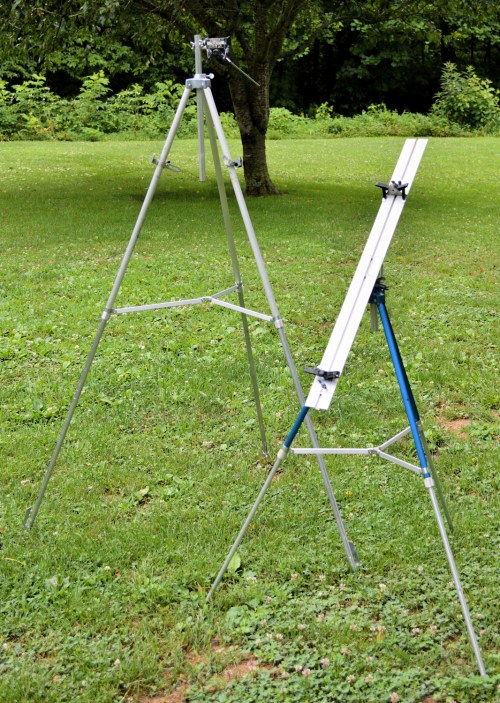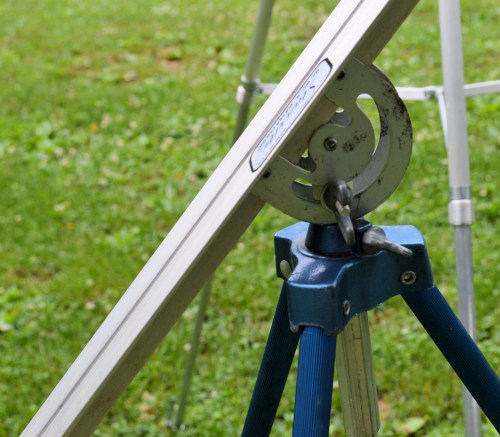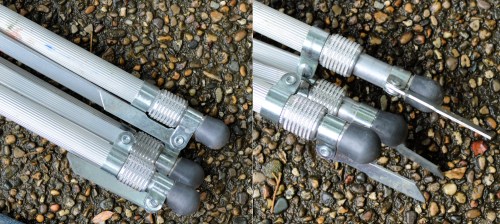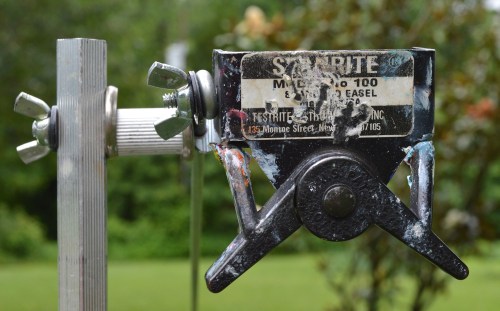This is the seventh painting in my Intimate Spaces: Breaking Bread series. A bold, vertical portrait, this painting certainly grabs attention. I’ve been noticing that in addition to telling a story, my portraits often include a wry sense of irony. Yeah, I just now figured that out but looking back at much of my work, I can see what often attracted me to the scenes initially. Maybe it’s my quirky sense of humor but hey, it’s my work and I can do what I want.
Anyway, this scene was when I took my granddaughter to the Carnegie Museum complex in Pittsburgh a few years ago. All that walking around to see dinosaurs and artwork and more is hard work. We stopped for lunch in the museum restaurant.
I guess that the first thing that strikes the viewer is, “What are those things coming out of her head?” This, of course, as any photographer will tell you is a definite no no in composition. You don’t want trees sprouting from your subject’s head. But here with those globe-shaped lights, it works. Some rules are made to be broken.
There is a lot of vertical in this painting. Not only the canvas but the stripes, the lights, the straw for the girl, the wood on the table. The head is not quite in the center but everything leads to the face.

Lunch detail 5. Those squiggles become chairs and tables on the outdoor patio, viewed through the window of the restaurant.

Lunch detail 4. Up close, the people in the background look like beans, but again, from a distance, they come together.
I particularly like the balance between the warm and cool colors. Even within the cool areas, you can see quite a bit of color if you look closely. It’s about one third to two thirds ratio of warm to cool.

Another little still life. The loosely painted silverware and napkin come together when viewed at a distance.
Some people like to see a photo realistic finish on paintings but that is not my style. (Been there, done that.) As a contemporary impressionist, I look to convey the message with as few strokes as possible. Looking at my paintings up close often reveals a jumble of bold brush strokes. But stepping back about six to eight feet, it all comes together. This is done to deliberately allow the viewer to become a participant in the experience by filling in the details with their own eyes where there may actually be none.

Canvas prep and under painting. This abstract painting doesn’t necessarily follow the composition of the painting but is designed to give a little guidance. Look closely to see my initial sketch of the subject before I begin to paint.
I also like to paint on a toned canvas, often with a rough gesso base to add texture. One of my favorite colors is a reddish tone which adds sparkle where it peeks between the brush strokes. This is particularly good for landscapes that have lots of green. However, the tones on this series of paintings are more somber, greys with some splashes of color. The subject is then drawn on top before I start painting. When my husband saw all the prepped canvasses in my studio, he thought I was switching to abstract painting. Well….not yet.


















